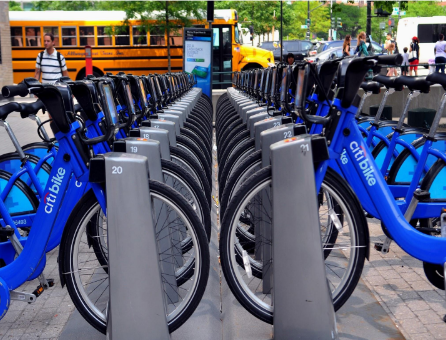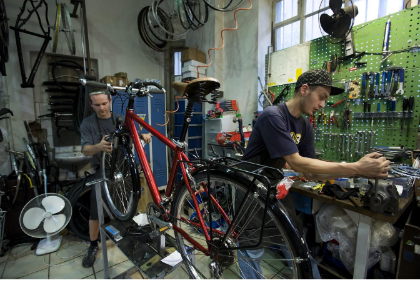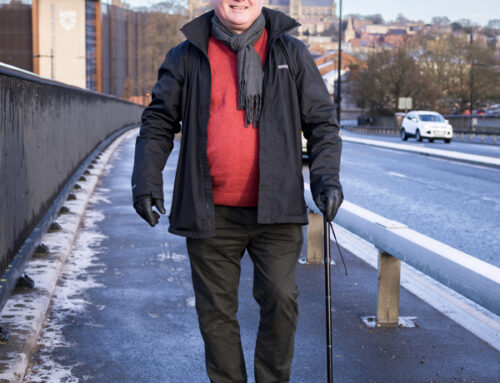The Transformative Power of Cycling and Walking
In a world where the urgency of sustainability has become a rallying cry, the simple acts of cycling and walking emerge as transformative pillars of eco-friendly living. Beyond being modes of personal transportation, these activities embody a sustainable ethos that resonates with environmental stewardship, health and well-being, and community connection. Let’s explore how cycling and walking, when viewed through a sustainable lens, can pave the way to a greener, more harmonious future.
1. Reducing Carbon Footprint:
The carbon footprint of cycling and walking is a mere fraction of that associated with motorised transportation. By opting for these human-powered modes of travel, individuals contribute significantly to the reduction of greenhouse gas emissions, mitigating the impact of climate change.

2. Eco-Friendly Commuting:
Cycling and walking are inherently green modes of commuting. With no reliance on fossil fuels, these sustainable alternatives minimise air pollution and noise, fostering cleaner, healthier urban environments and reducing the overall ecological strain on the planet.
3. Preservation of Natural Spaces:
Choosing to cycle or walk instead of using motorised vehicles supports the preservation of natural spaces. Reduced traffic and parking infrastructure demands
mean less urban sprawl, allowing for the preservation of green areas and biodiversity within cities.

4. Minimal Resource Consumption:
The simplicity of cycling and walking translates into minimal resource consumption. Unlike the manufacturing and maintenance demands of automobiles, the production and upkeep of bicycles and walking infrastructure are significantly less resource-intensive, aligning with principles of sustainability.
5. Enhancing Personal Health:
Sustainable living encompasses not only environmental well-being but also personal health. Cycling and walking contribute to active, healthy lifestyles, reducing the burden on healthcare systems and promoting well-being at both the individual and community levels.
6. Active Transportation Planning:
Sustainable urban planning embraces the concept of active transportation. Cities designed with cycling lanes, pedestrian-friendly walkways, and bike-sharing
programs prioritize human-powered mobility, fostering a sense of community and reducing dependency on cars.
7. Reclaiming Public Spaces:
Cycling and walking advocate for the reclaiming of public spaces. As streets become more pedestrian and cyclist-friendly, urban areas transform into vibrant, social hubs that encourage community interaction, local commerce, and cultural exchange.
8. Supporting Sustainable Tourism:
Sustainable tourism involves conscious choices that minimize the environmental impact of travel. Exploring destinations on foot or by bicycle allows for a deeper
connection with local communities, reduces the ecological footprint of travel, and supports sustainable tourism practices.
9. Advocacy for Infrastructure Investment:
Choosing cycling and walking is a powerful form of advocacy for sustainable infrastructure. Increased demand for well-maintained cycling paths and pedestrian walkways signals to governments and city planners the importance of investing in infrastructure that prioritises non-motorized transportation.
10. Nurturing a Low-Carbon Culture:
The cultural shift towards cycling and walking fosters a low-carbon mindset. As more individuals adopt sustainable transportation practices, the ripple effect extends to communities and beyond, creating a cultural norm that values eco-conscious living.

11. Reducing Traffic Congestion:
By opting for cycling and walking, individuals actively participate in reducing traffic congestion. This not only eases the daily commute but also contributes to a more efficient, less stressful urban landscape, aligning with the principles of sustainable, smart cities.

12. A Catalyst for Sustainable Living:
Ultimately, cycling and walking serve as catalysts for a broader embrace of sustainable living. These activities embody the interconnectedness of environmental, social, and personal well-being, paving the way for a future where sustainability is not just a choice but a way of life. In the gentle revolutions of pedals and the rhythmic cadence of footsteps, cycling and walking become powerful expressions of sustainability. They are more than modes of transportation; they are
transformative acts that shape the landscape of our cities, our health, and our relationship with the planet. As we pedal and stroll towards a sustainable future,
every journey becomes a testament to the profound impact that simple, intentional choices can have on the world around us.


